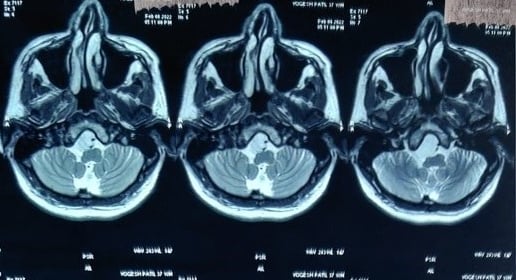EPIDERMOID TUMOURS
These are benign, slow-growing tumors that can occur in various structures of the skull, spine, and brain when normal developmental cells are trapped within the growing brain.
Depending on the location of the tumor, symptoms can include vision difficulties, seizures, fever, headaches, neck stiffness, facial pain, numbness, weakness, and hearing loss.
Surgery is the primary treatment. These tumours are known to grow into narrow crevices in the brain, making complete excision almost impossible. The use of the endoscope may be very helpful in obtaining a more complete surgical removal.
Almost 50 percent to 80 percent of intracranial and intraspinal cysts can be removed completely. An incomplete removal generally means that only a tiny remnant of the cyst lining was left behind. Clinical recurrence is infrequent even when small fragments of cyst lining are left behind.
Occasional operative complications result from damage to nerves, blood vessels, or the brain or spinal cord.




MRI Before Surgery - A gigantic Epidermoid tumour
Post-operative CT scan showing subtotal removal of the tumor
